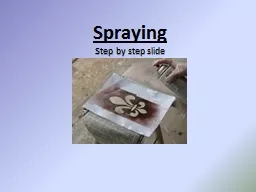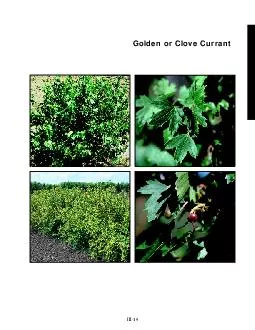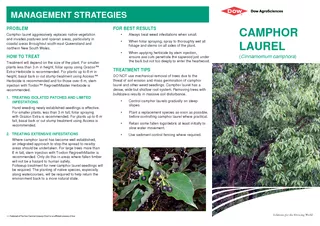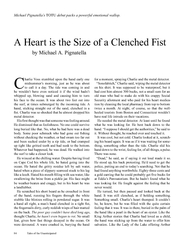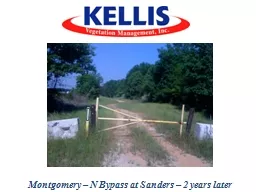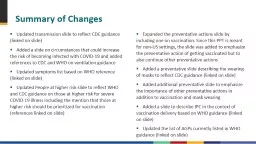PPT-Spraying Step by step slide
Author : pamella-moone | Published Date : 2018-10-27
Step 1 Come up with a plan before starting to make spray paint stencils Determine what size stencil you need If the stencil is going to be large it is okay to include
Presentation Embed Code
Download Presentation
Download Presentation The PPT/PDF document "Spraying Step by step slide" is the property of its rightful owner. Permission is granted to download and print the materials on this website for personal, non-commercial use only, and to display it on your personal computer provided you do not modify the materials and that you retain all copyright notices contained in the materials. By downloading content from our website, you accept the terms of this agreement.
Spraying Step by step slide: Transcript
Download Rules Of Document
"Spraying Step by step slide"The content belongs to its owner. You may download and print it for personal use, without modification, and keep all copyright notices. By downloading, you agree to these terms.
Related Documents

